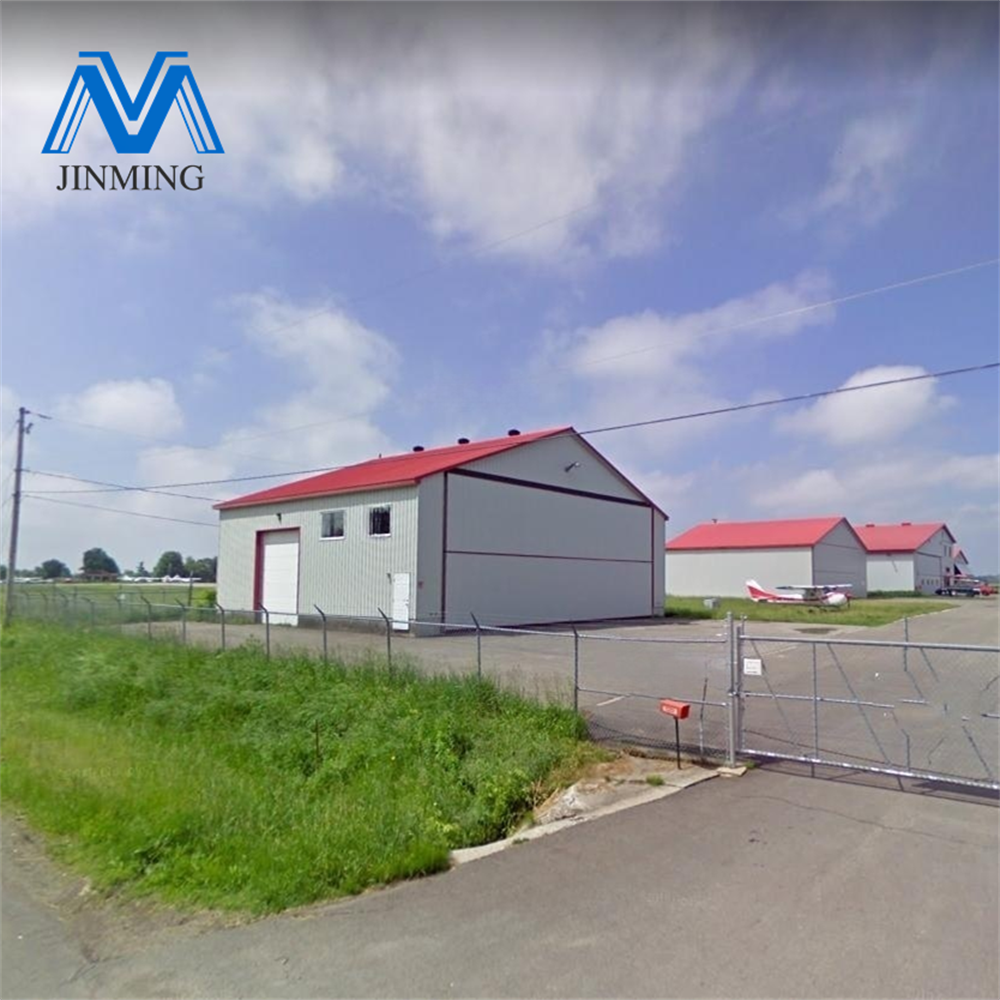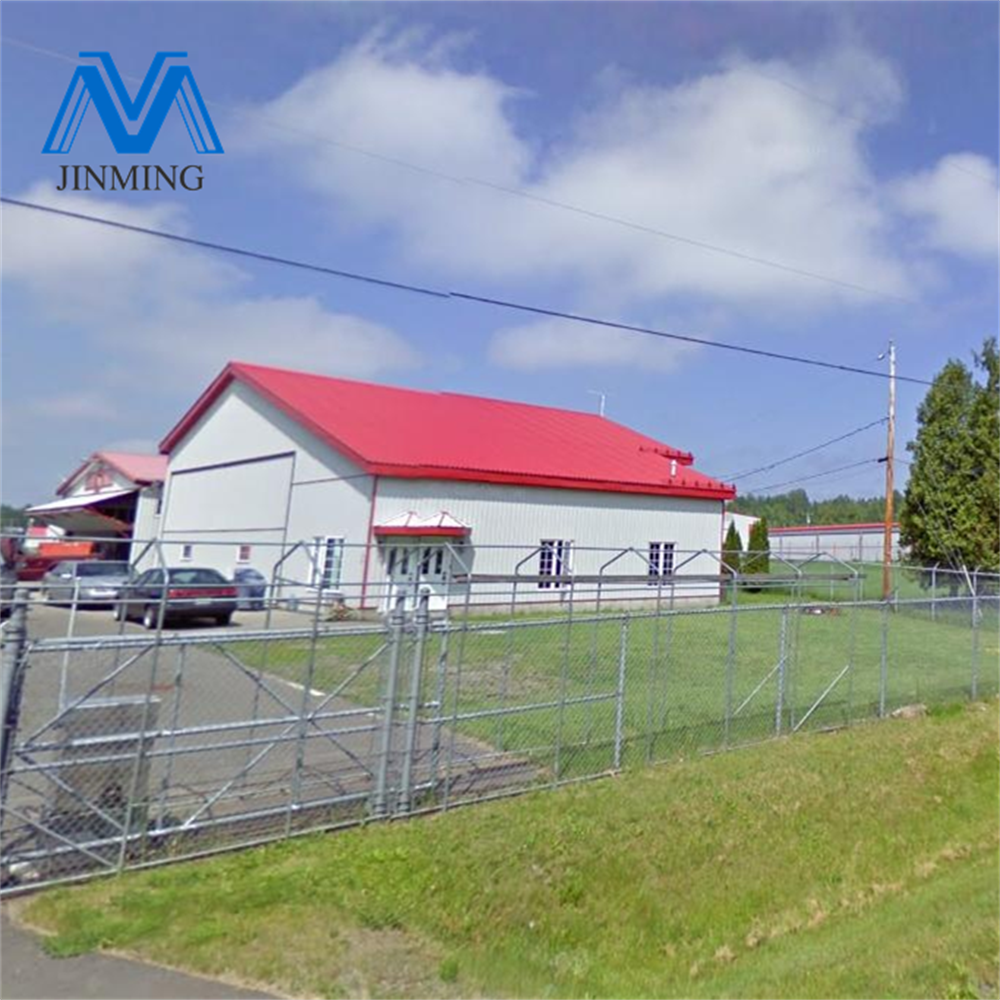
Privacy statement: Your privacy is very important to Us. Our company promises not to disclose your personal information to any external company with out your explicit permission.

The agricultural industry is undergoing significant transformations, driven by advancements in technology, changing environmental conditions, and the need for greater efficiency. One of the most impactful developments in this evolution is the widespread adoption of Agricultural Steel Buildings. These structures, including Steel Farm Buildings and Metal Farm Buildings, are revolutionizing modern farming by offering unmatched durability, flexibility, and sustainability. This article explores the reasons why agricultural steel buildings are becoming the cornerstone of contemporary farming operations.
Farming operations require buildings that can withstand harsh environmental conditions while maintaining their structural integrity. Agricultural steel buildings excel in this regard, offering a level of durability that far surpasses traditional construction materials. Steel is inherently resistant to many of the challenges that farmers face, such as extreme weather, pests, and fire. This resistance is particularly important in regions prone to severe storms, heavy snowfall, or high humidity, where traditional wooden structures may falter.
Steel farm buildings are engineered to last for decades, providing farmers with a long-term solution that minimizes the need for repairs and replacements. The use of corrosion-resistant coatings and galvanized steel further enhances the longevity of these buildings, ensuring they remain in excellent condition despite continuous exposure to the elements. This durability translates into significant cost savings over time, as farmers spend less on maintenance and more on expanding their operations.
One of the key advantages of agricultural steel buildings is their versatility in design and function. Farming is a dynamic industry, with needs that can change rapidly due to factors such as market demands, technological advancements, and shifts in production focus. Steel Agricultural Buildings offer the flexibility to adapt to these changes without requiring extensive modifications or new construction.
Steel farm buildings can be customized to serve a wide range of purposes, from housing livestock to storing equipment and processing crops. The open-span design of metal farm buildings allows for maximum use of interior space, with no need for load-bearing walls or columns that could limit functionality. This flexibility is particularly beneficial for farmers who need to reconfigure their spaces frequently or expand their operations as their business grows.
Moreover, steel agricultural buildings can be easily modified or expanded, allowing farmers to adjust their facilities as their needs evolve. Whether it's adding additional storage, creating new workspaces, or incorporating advanced technologies, steel buildings provide a scalable solution that can grow with the farm. This adaptability is essential for modern farming operations, where efficiency and productivity are paramount.
 Sustainability and Environmental Responsibility
Sustainability and Environmental ResponsibilityAs the agricultural industry places increasing emphasis on sustainability, the environmental benefits of steel farm buildings are becoming more apparent. Steel is one of the most sustainable building materials available, thanks to its recyclability and minimal environmental impact during production. Many agricultural steel buildings are constructed using recycled steel, reducing the demand for virgin materials and the associated environmental costs of mining and processing.
In addition to its recyclability, steel's durability contributes to its sustainability. Steel farm buildings require fewer resources for maintenance and repair, reducing the overall environmental impact over the building's lifecycle. Furthermore, the energy efficiency of steel agricultural buildings is enhanced by their design, which can easily incorporate insulation and other energy-saving features. This reduces the energy required to maintain optimal conditions for livestock and crops, further lowering the farm's carbon footprint.
While the initial investment in agricultural steel buildings may be higher than that of traditional wooden structures, the long-term cost benefits make them a financially sound choice for farmers. The durability of steel means that these buildings have a longer lifespan, reducing the need for frequent replacements or major repairs. Additionally, the low maintenance requirements of steel farm buildings result in ongoing savings, allowing farmers to allocate resources more effectively.
The ability to customize and expand steel agricultural buildings also adds to their cost-effectiveness. Farmers can design their facilities to meet their specific needs, avoiding the costs associated with overbuilding or underutilizing space. As operations grow or change, steel buildings can be adapted without the need for expensive new construction, preserving the initial investment and providing long-term value.
Biosecurity is a critical concern in modern farming, particularly in livestock operations where the spread of disease can have devastating consequences. Steel farm buildings offer superior protection against pests and pathogens compared to traditional wooden structures. The non-porous nature of steel makes it easier to clean and disinfect, reducing the risk of contamination and improving overall farm hygiene.
Furthermore, the design flexibility of steel agricultural buildings allows farmers to implement advanced ventilation and climate control systems, creating optimal conditions for livestock health and productivity. These features contribute to a safer and more controlled environment, essential for maintaining high standards of biosecurity and animal welfare.

Agricultural steel buildings are at the forefront of modern farming, offering a combination of durability, flexibility, sustainability, and cost-effectiveness that traditional construction methods cannot match. Steel farm buildings provide farmers with the tools they need to meet the challenges of today’s agricultural landscape, from withstanding harsh environmental conditions to adapting to evolving operational needs. As the farming industry continues to innovate and expand, the role of steel agricultural buildings will only become more integral, helping farmers achieve greater efficiency, productivity, and sustainability in their operations. Whether for livestock housing, equipment storage, or crop processing, agricultural steel buildings are revolutionizing the way farms are built and operated, setting a new standard for the future of farming.

Privacy statement: Your privacy is very important to Us. Our company promises not to disclose your personal information to any external company with out your explicit permission.

Fill in more information so that we can get in touch with you faster
Privacy statement: Your privacy is very important to Us. Our company promises not to disclose your personal information to any external company with out your explicit permission.